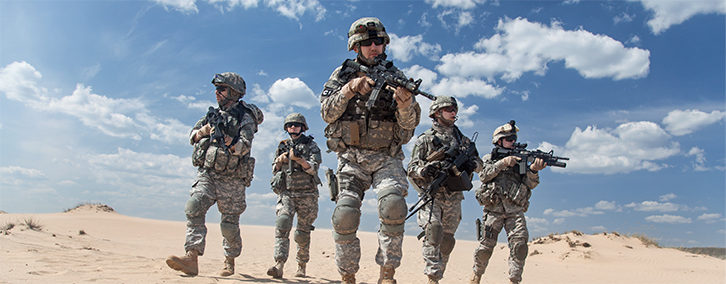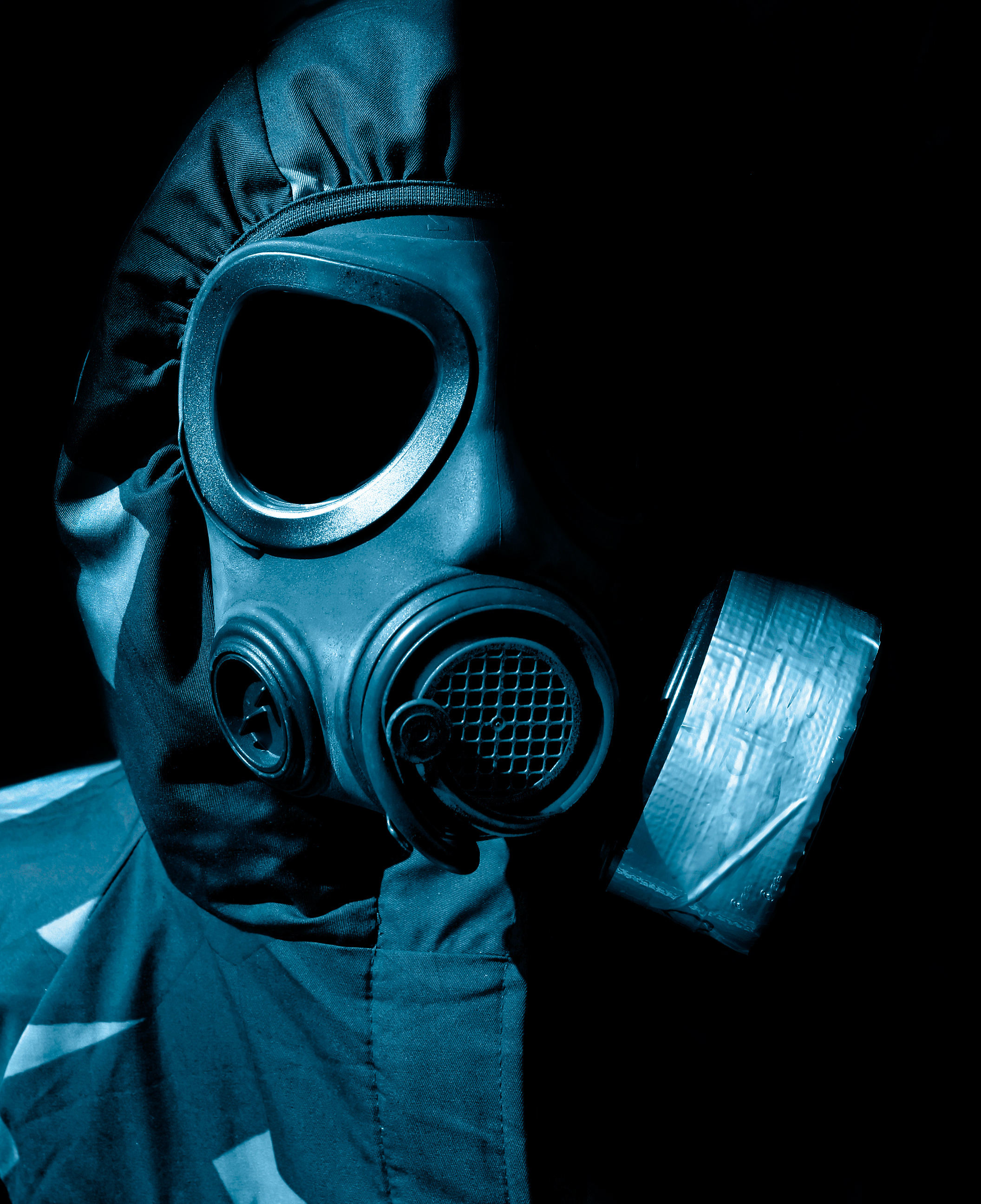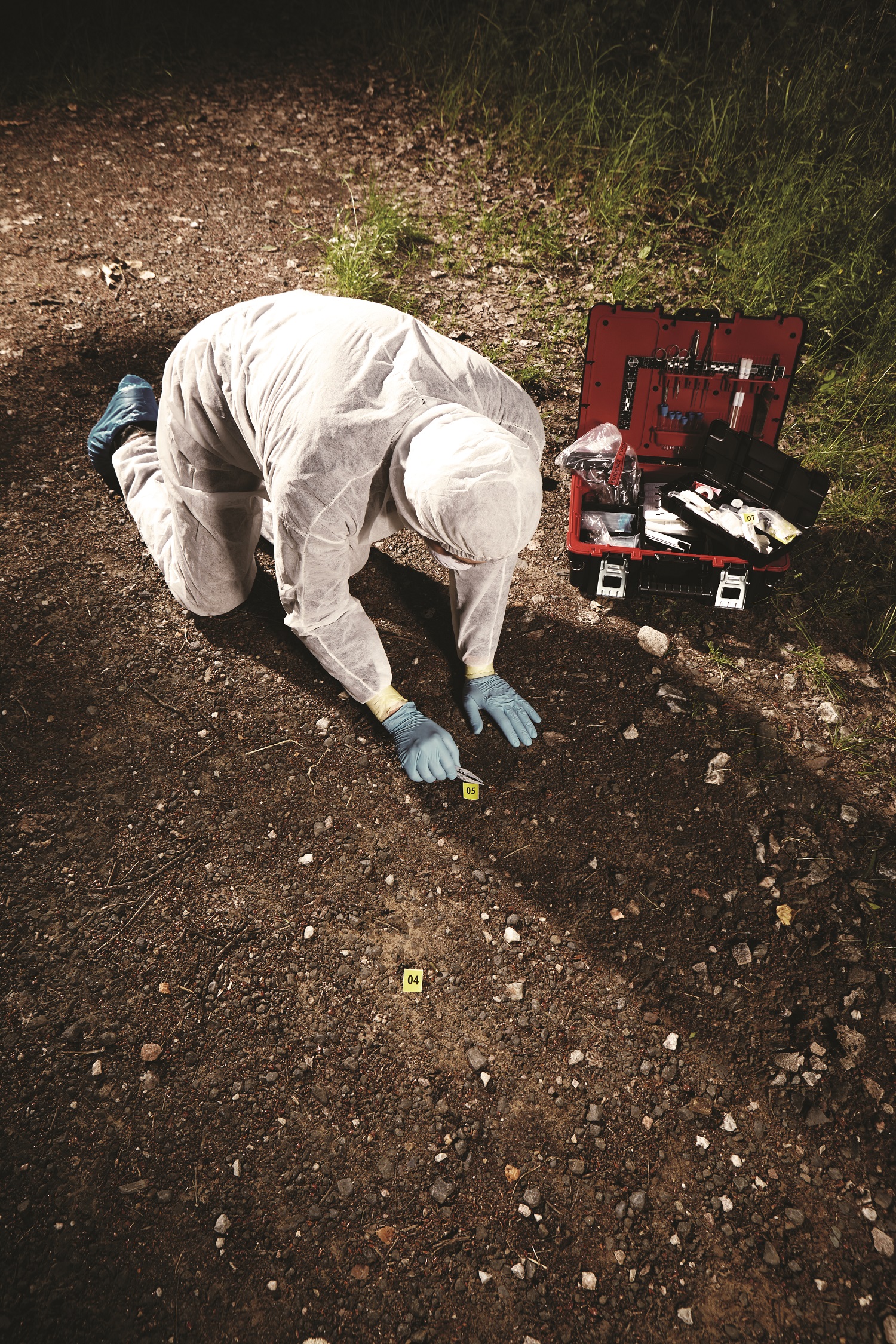To uphold the Chemical Weapons Convention (CWC) Treaty and reduce global threats due to chemical warfare agents (CWAs), the U.S. Department of State’s Chemical Security Program (CSP) promotes chemical security best practices through specialized training. LLNL’s Forensic Science Center (FSC) works with the CSP to provide international governmental parties located in high-priority areas with training to enhance their abilities to respond to chemical weapons and other toxic chemical incidents. LLNL-CSP training uses proven, reliable technologies to assist first responders in performing site assessments and determining potential threats when responding to emergencies.
Training objectives:
- Decrease the risk that scientists with dual-use expertise will misuse or weaponize chemicals.
- Promote adoption and implementation of national and international frameworks that advance chemical nonproliferation objectives and emergency response.
- Conduct “train the trainer” courses to build indigenous capacity within partner countries.
- Assist partner ministries with the development of sustaining chemical, biological, radiological, and nuclear (CBRN) national response plans.
Our modular training process includes realistic field exercises and helps chemical first-responder teams obtain long-term effectiveness, impact, and sustainability. Training is coupled to tabletop exercises to allow students to better understand the effectiveness of chemical detection and screening tools. A variety of chemical surrogates are used in these tabletop exercises to assess participants’ ability to classify the chemicals into CWC-scheduled materials (e.g., mustard gas), illicit drug precursors, toxic industrial chemicals, and chemicals associated with common industrial activities having low hazards.
Participants are also instructed on the proper use of personal protective equipment. An overview of CWA medical countermeasures for first responders is provided by a physician. Additional instructors explain how to prevent CWA contamination by establishing hot, warm, and cold zones. Among the training activities, students practice establishing a decontamination line when exiting a hot zone.
During field scenarios involving a staged clandestine chemical laboratory, students are divided into three groups: a reconnaissance/screening team, a sampling team, and an analysis team. Depending on the scenarios, students are able to use various detectors, such as oxygen sensors that help determine whether the confined space inside the laboratory was a risk (e.g., asphyxiation due to lack of oxygen) and laser temp-gun thermometers, which provide vital information regarding potential hot reaction vessels or heating plates. Inside the laboratory, we also plant realistic artifacts that can provide students with key information and additional forensic evidence, such as handwritten notes containing chemical formulas. Participants are then expected, for example, to use clean tweezers and place the suspect notes inside a chain-of-custody envelope.
Additional training activities include conducting workshops to enhance communications between emergency-response units and their governments and establishing partnerships with other organizations to augment training practices. Through this program, the FSC has provided training to ministries and response teams in at-risk countries such as Iraq, Jordan, Lebanon, Turkey, and Yemen.







